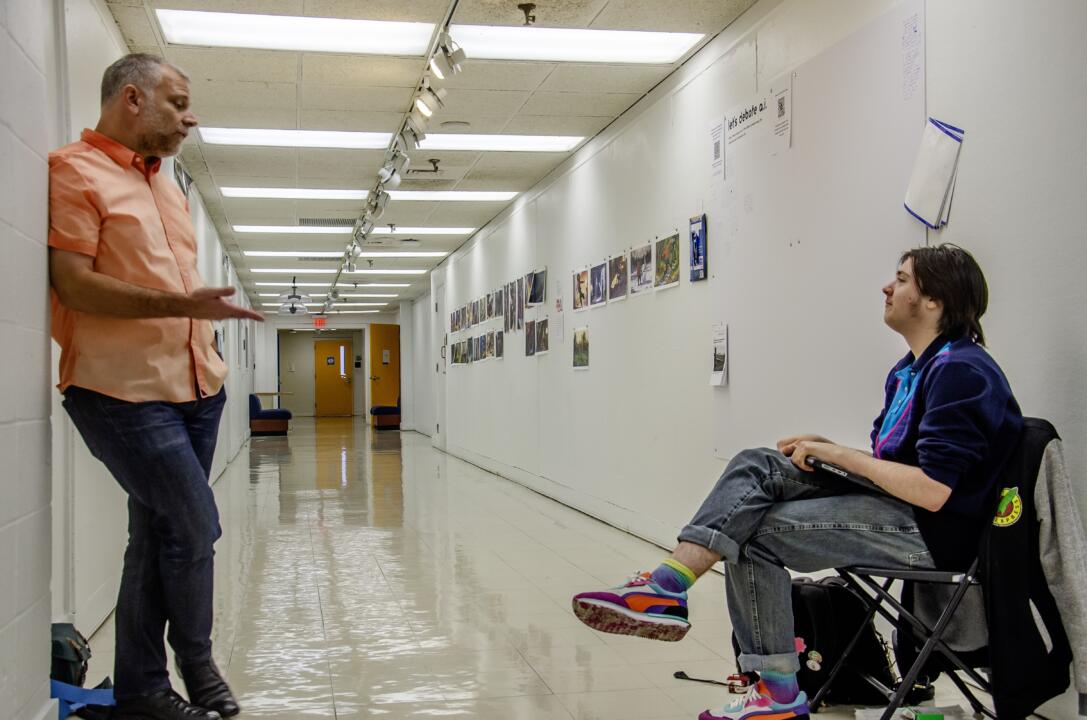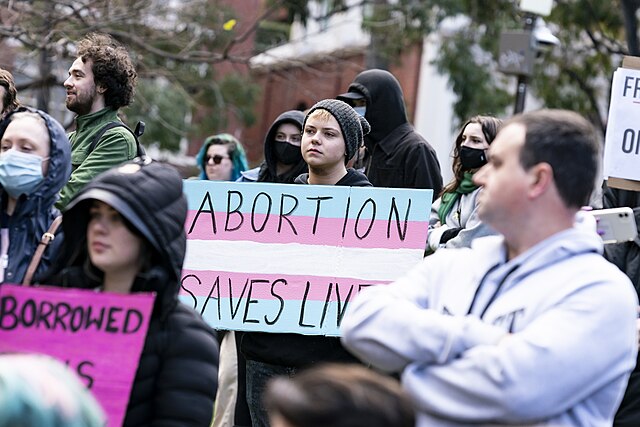As new COVID-19 variants circulate across the United States, the University of Maryland, Baltimore County altered its COVID-19 policies for the Spring 2021 semester. This semester, students and staff can expect to be tested more often and be required to fill out the symptom tracker daily.
Students and staff coming to campus are a testing group between “A” and “E.” Group A is made up of residential students. Group B is all pre-approved faculty, staff and commuting students. Group C is all student athletes. Group D are pre-approved faculty, staff and commuting students who do not come to campus regularly. Group E is people who do not come to campus regularly.
Group A through C are tested twice a week, and Groups D and E are tested at UMBC’s discretion. In addition to the their twice weekly tests, student athletes and coaches in Group C could see additional testing done during weeks of competition. These testing requirements increase the number of tests performed by the university and UMBC Athletics. Last semester, UMBC used surveillance testing to determine its campus positivity rate. This meant a random sample of student athletes, residential students and staff were selected to be tested either weekly or biweekly.
As with the increase in testing, UMBC now requires all groups to fill out the symptom tracker daily as opposed to last semester’s five-day requirement.
“I would not say [that protocols are] stricter as much as the illness is telling us how to respond,” said Dr. Nancy Young, Vice President of Student Affairs. “I prefer to use the word transparent. We know that when people have information, they are more apt to comply. We are trying to give people access to what is expected of them.”
The campus community now has access to personal “COVID-19 Compliance” on their myUMBC profiles, a three-component checklist of training, testing and tracking. The dashboard updates daily to notify users whether they have completed that day’s symptom monitoring, whether they have a valid test sample and whether they are updated on their COVID-19 training.
Assistant Director of Health Promotion Samantha Smith explained that the goal of the updated dashboard is to help UMBC students, faculty and staff see where they are falling behind in compliance.
When a campus community member falls out of compliance, tests positive or is exposed to the virus, the University’s Contact Response Team — UMBC Police Chief Paul Dillon, Residential life, University Health Services, Athletics and logistics/facilities — is able to take immediate action.
“We are able to act immediately to get that person the information they need to isolate or contact trace. The team gets a text alert immediately,” said Dillon. “We felt that we needed to be that reactive.”
According to Department of Emergency Health Services professor and senior advisor to the university on Public Health and Pandemic Response Dr. Lucy Wilson, the university’s policies also developed out of concern for the rise in infections and deaths in the surrounding Baltimore County and Baltimore City area.
“Last fall, compared to now, we had very little COVID in the community,” said Dr. Wilson. “Now, there has been a national surge. [In the community], there are high test rates, positivity rates, hospitalizations and high death rates. There is increased concern because there is more virus in the community.”
Dr. Young echoed these concerns, stating that as the prevalence of COVID-19 in UMBC’s surrounding area goes up, so does the need for testing UMBC’s regularly on-campus population. However, Dr. Young emphasized that all of the university’s COVID-19 protocols and requirements are simply to ensure UMBC’s population’s safety while pursuing their degrees and careers.
“Our goal is to help people stay in school and get their education,” said Dr. Young.

